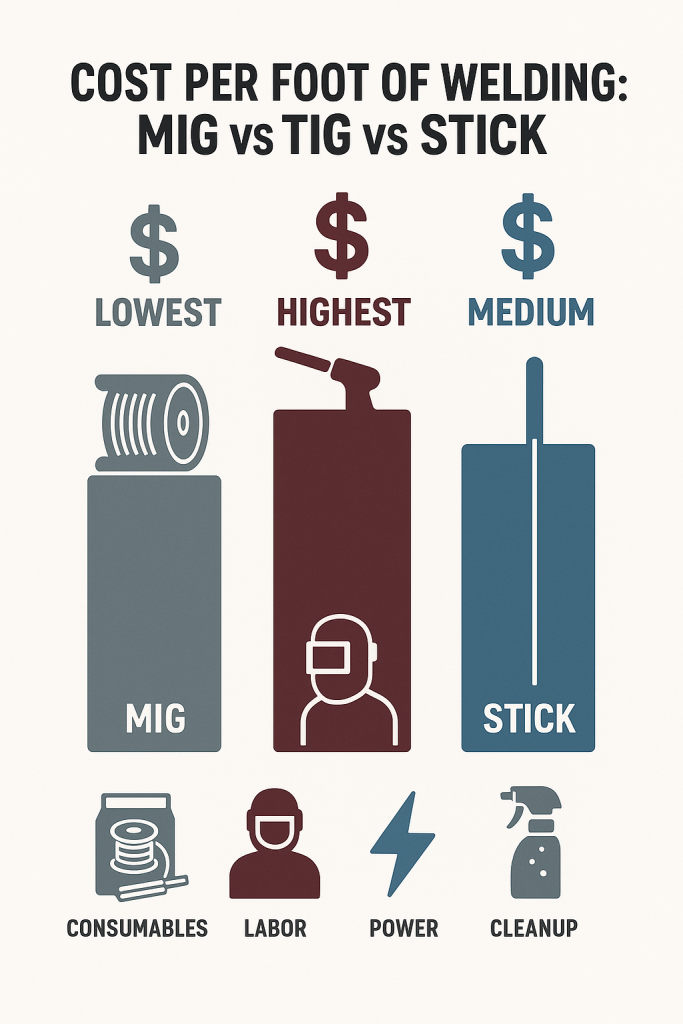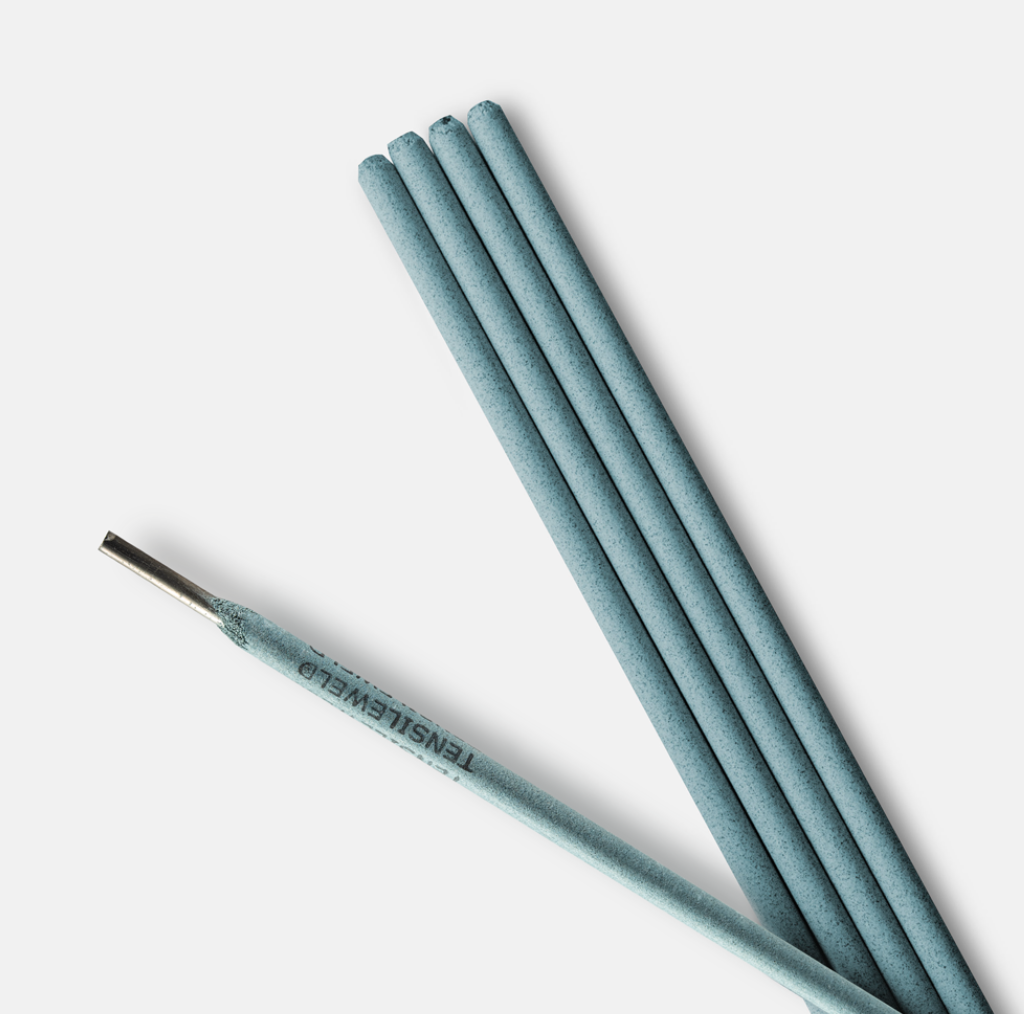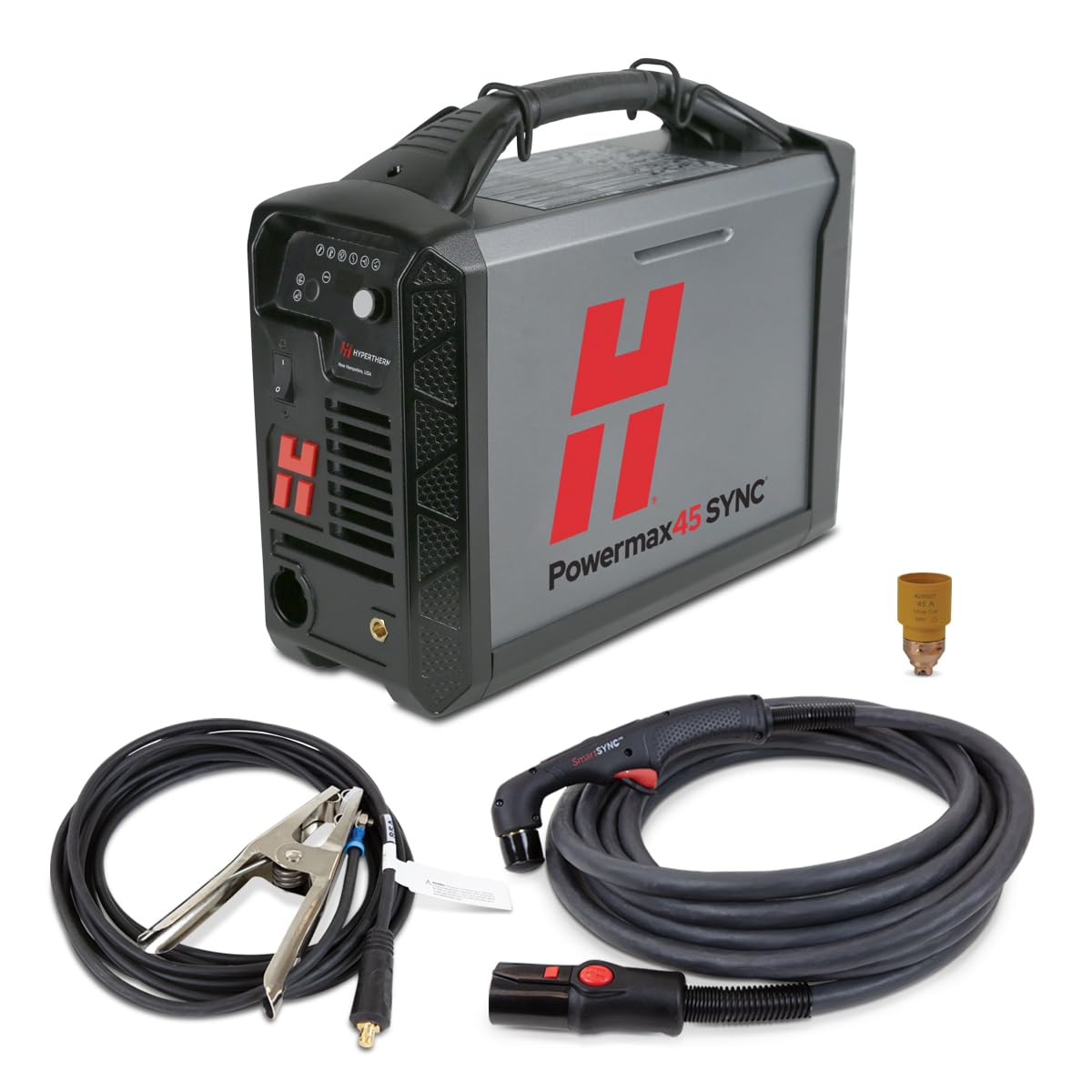Intro
The ARCCAPTAIN iControl Cut 55 Pro brings next-gen digital control to a proven plasma platform. With Bluetooth APP connectivity, non-touch pilot arc ignition, and a ¾-inch cutting capacity, it’s built for welders who want both precision and portability in one inverter machine.
Key Takeaways
- Cut Capacity: Up to ¾ in (19 mm) clean cut on 240 V.
- Input Power: Dual-voltage 120 V / 240 V with auto-sensing.
- Output Current: 10 – 55 A DC.
- Pilot Arc: Non-contact pilot start keeps tips from contaminating work.
- Smart Control: Bluetooth APP, 2T/4T trigger logic, and LED digital interface.
Performance and Cut Quality
With 55 amps on tap, the iControl Cut 55 Pro cleanly cuts mild steel, stainless, and aluminum using standard compressed air. The pilot arc maintains arc stability on rusted or painted surfaces, while its app interface allows users to monitor amperage, duty cycle, and mode directly from a phone. Dual-voltage input keeps it compatible with both shop and field power.
Applications
- Fabrication and repair shops
- Vehicle and farm equipment repair
- HVAC and maintenance departments
- On-site cutting for stainless and mild steel
Comparison Table
| Model | Key Specs | Best For | Amazon |
|---|---|---|---|
| ARCCAPTAIN iControl Cut 55 Pro | 55 A • 120/240 V • Non-Touch Pilot Arc • APP Control • LED Display | Clean, precise plasma cutting in shop or field | See price on Amazon |
Safety Notes
Use an approved air filter and regulator per ARCCAPTAIN’s manual. Wear ANSI Z87.1-rated face protection, FR gloves, and long sleeves. Keep the torch cable clear of grounded metal. Maintain at least 12 in (305 mm) clearance from nearby electronics when using Bluetooth features.
FAQ
Q: What compressor size do I need?
A: Minimum 5 CFM @ 60 PSI; 7 CFM recommended for continuous cutting.
Q: Can it cut aluminum and stainless?
A: Yes—any conductive metal up to roughly ¾ in on 240 V.
Q: Does it come with an air regulator?
A: Yes, along with torch, ground clamp, and consumables starter pack.
Q: Is the APP required to operate it?
A: No, the machine works fully from its control panel; the app is optional for monitoring.
- [NON-HF BLOWBACK PILOT ARC] This plasma cutter machine uses non-high-frequency blowback start, eliminating the electromagnetic interference commonly found in traditional HF machines. The pilot arc allows you to cut without touching the metal, ideal for rusty or painted surfaces. Delivers up to 55A (240V) for smooth cuts through steel, stainless steel, copper, and more—up to 1 inch (26mm) thick. Ensures smooth and clean edges for professional-grade results. (Cutting Range: 120V: 12–15mm | 240V: 18–26mm)
- [SMART APP CONTROL] Built-in APP connectivity allows you to control and monitor your CUT55 MP remotely via your smartphone. You can adjust cutting current, monitor air pressure, receive error alerts, and even track work status in real time. With APP control, you can increase efficiency, reduce downtime, and improve operational safety.
- [MULTI-FUNCTION CUTTING] Supports expanded metal, rust removal, and plasma gouging functions. Expanded metal ensures continuous cutting on mesh or perforated materials. Rust removal enables non-contact cleaning of corrosion or coatings. Plasma gouging levels surfaces and strips paint, ideal for repair and fabrication. (Note: Replace the nozzle when using plasma gouging.)
- [REAL-TIME AIR PRESSURE DETECTION] Equipped with a digital air pressure monitoring system that continuously checks incoming air pressure and displays it in real time on the upgraded LED panel. If pressure goes out of optimal range, the system sounds an alert to help prevent undercutting, arc instability, or torch damage, ensuring consistent cuts and longer consumable life. [Recommended pressure: 0.3–0.55 MPa or 0.4 MPa (57.5 PSI)]
- [FLEXIBLE TRIGGER OPTIONS] Offers versatile trigger and operation modes including PA (Pilot Arc), PT (Post Time), 2T (press-and-hold), and 4T (press-to-start/press-to-stop), allowing easy switching between settings for different cutting needs from quick tasks to long runs.
Last update on 2025-11-22 / Affiliate links / Images from Amazon Product Advertising API
Where to Buy
Amazon: ARCCAPTAIN iControl Cut 55 Pro Plasma Cutter
Disclosure: We may earn a small commission at no extra cost to you. Eligible for ARCCAPTAIN Creator bonus commission.
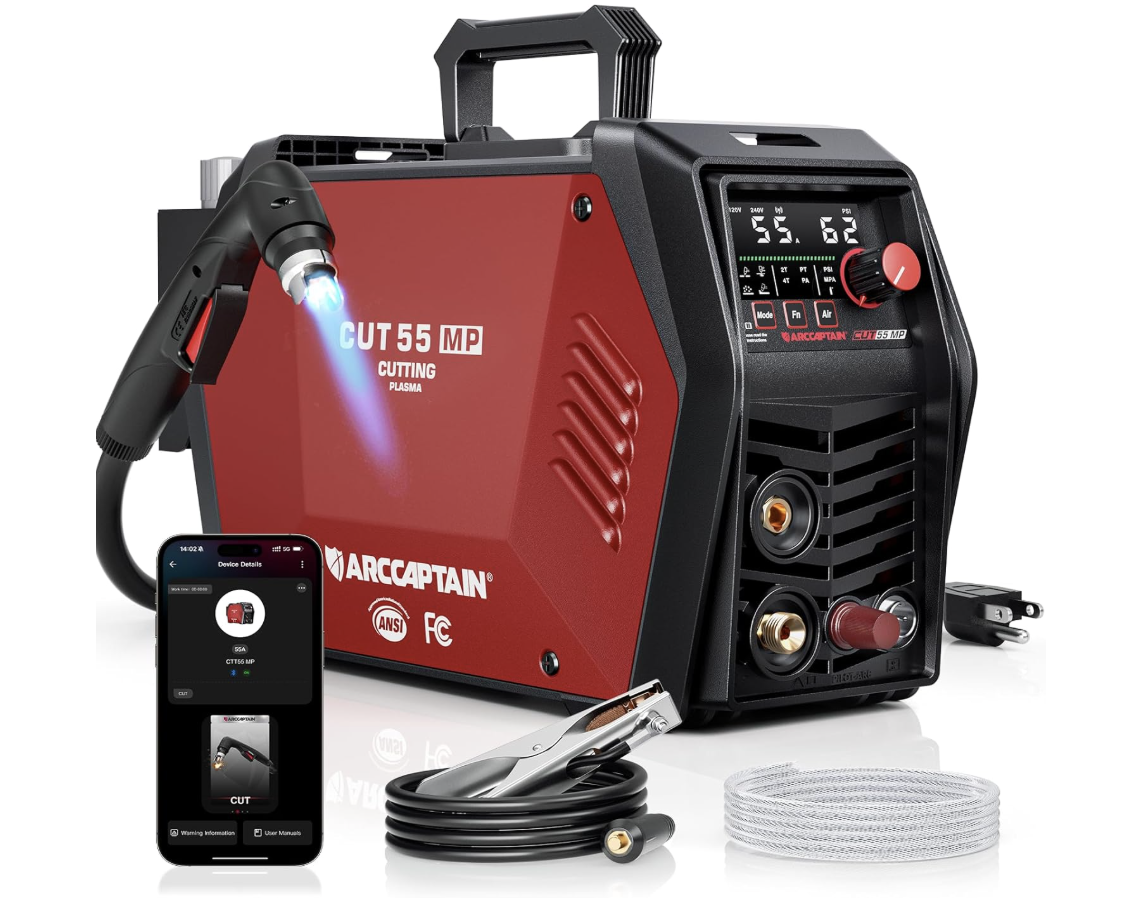
![ARCCAPTAIN iControl [Non-HF] Plasma Cutter CUT55 MP with APP Control, 55Amp Blowback Pilot Arc, 120V/240V, Upgraded LED Display, Expanded Metal, Rust Removal, Plasma Gouging, Pressure Detection](https://m.media-amazon.com/images/I/51hLye1tq1L._SL160_.jpg)
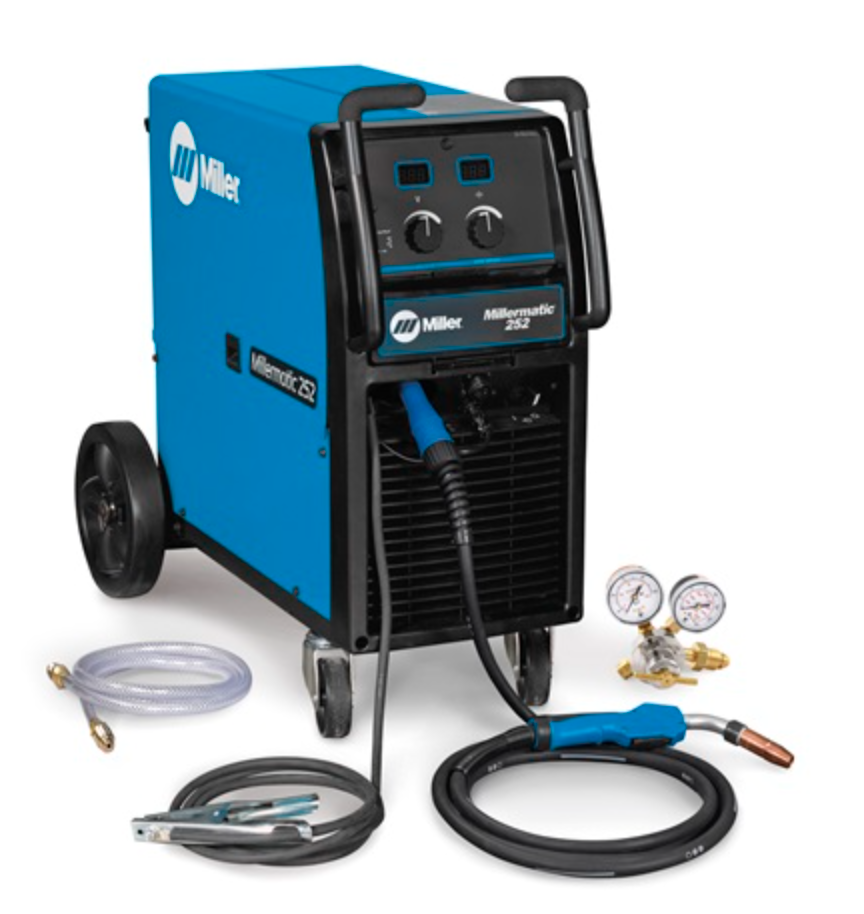
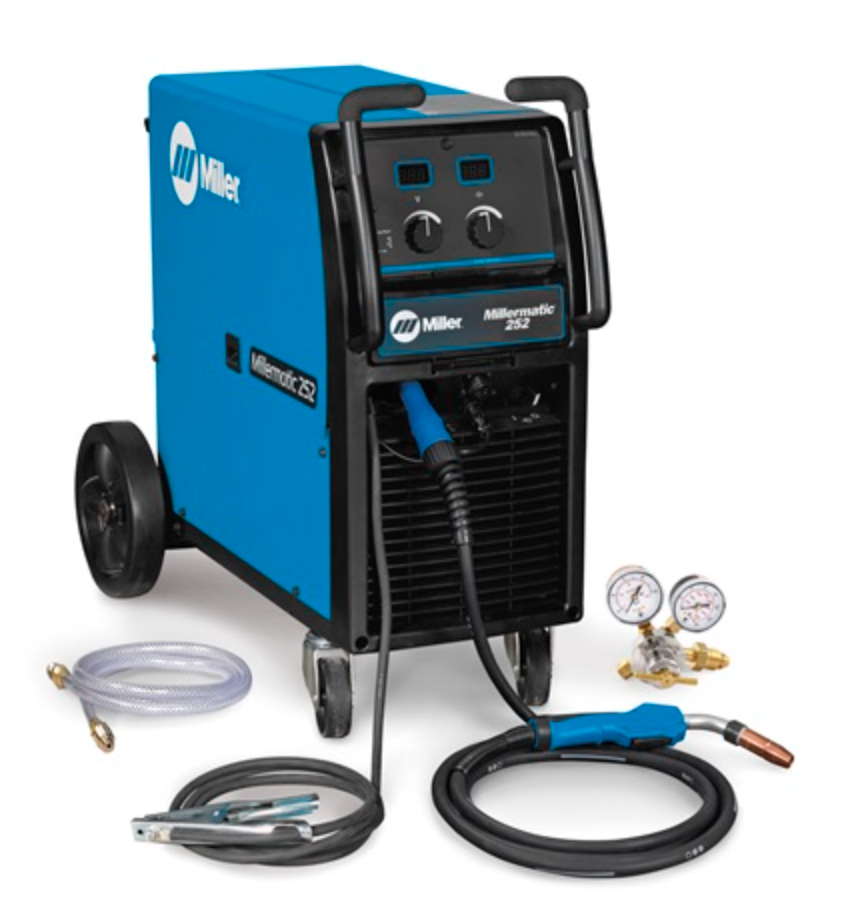
 Conclusion
Conclusion
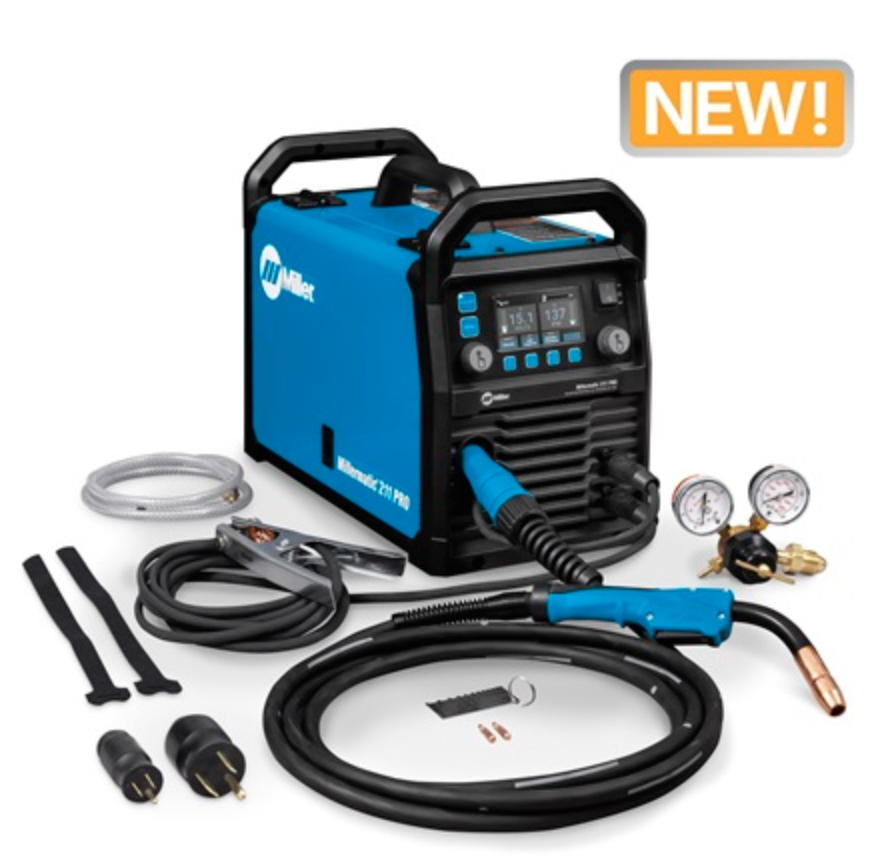
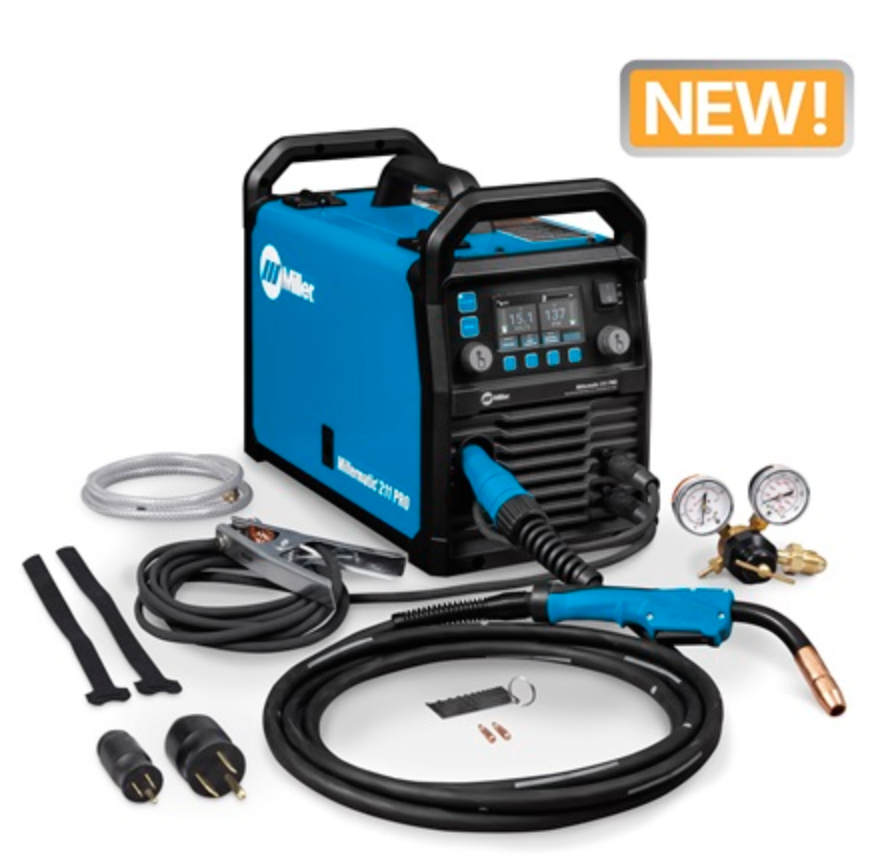
 Note for Readers: This post may contain affiliate links. If you purchase through them, we may earn a small commission at no cost to you. Thank you for supporting our site.
Note for Readers: This post may contain affiliate links. If you purchase through them, we may earn a small commission at no cost to you. Thank you for supporting our site.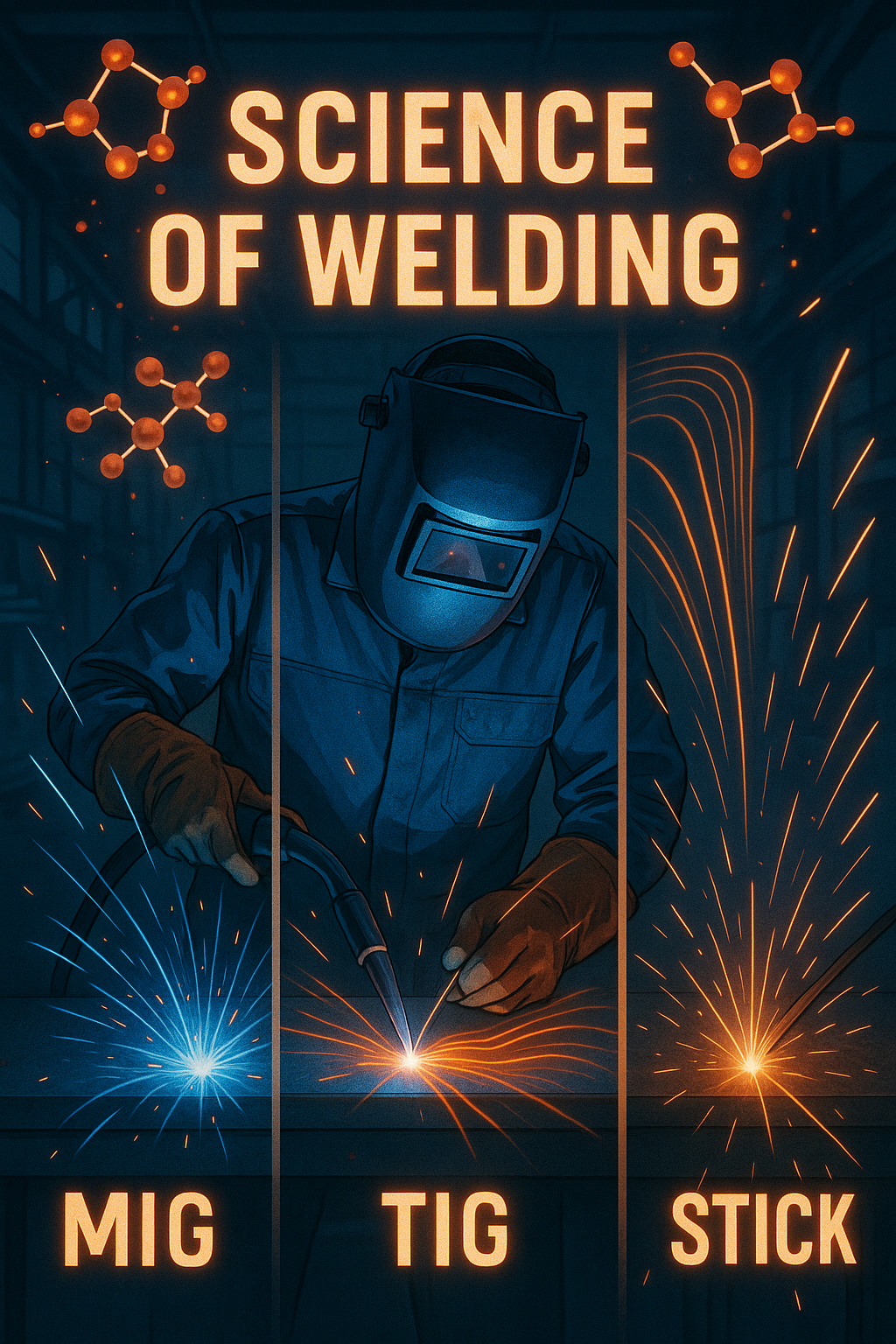
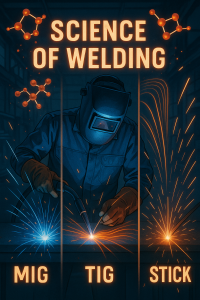
 MIG Welding (GMAW) – High Speed, Low Cost
MIG Welding (GMAW) – High Speed, Low Cost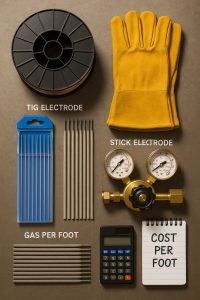
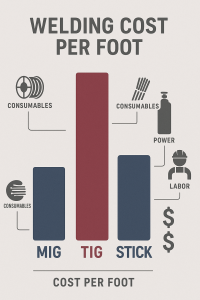
 Assumptions:
Assumptions: MIG Welding Cost Example
MIG Welding Cost Example $0.89/ft
$0.89/ft